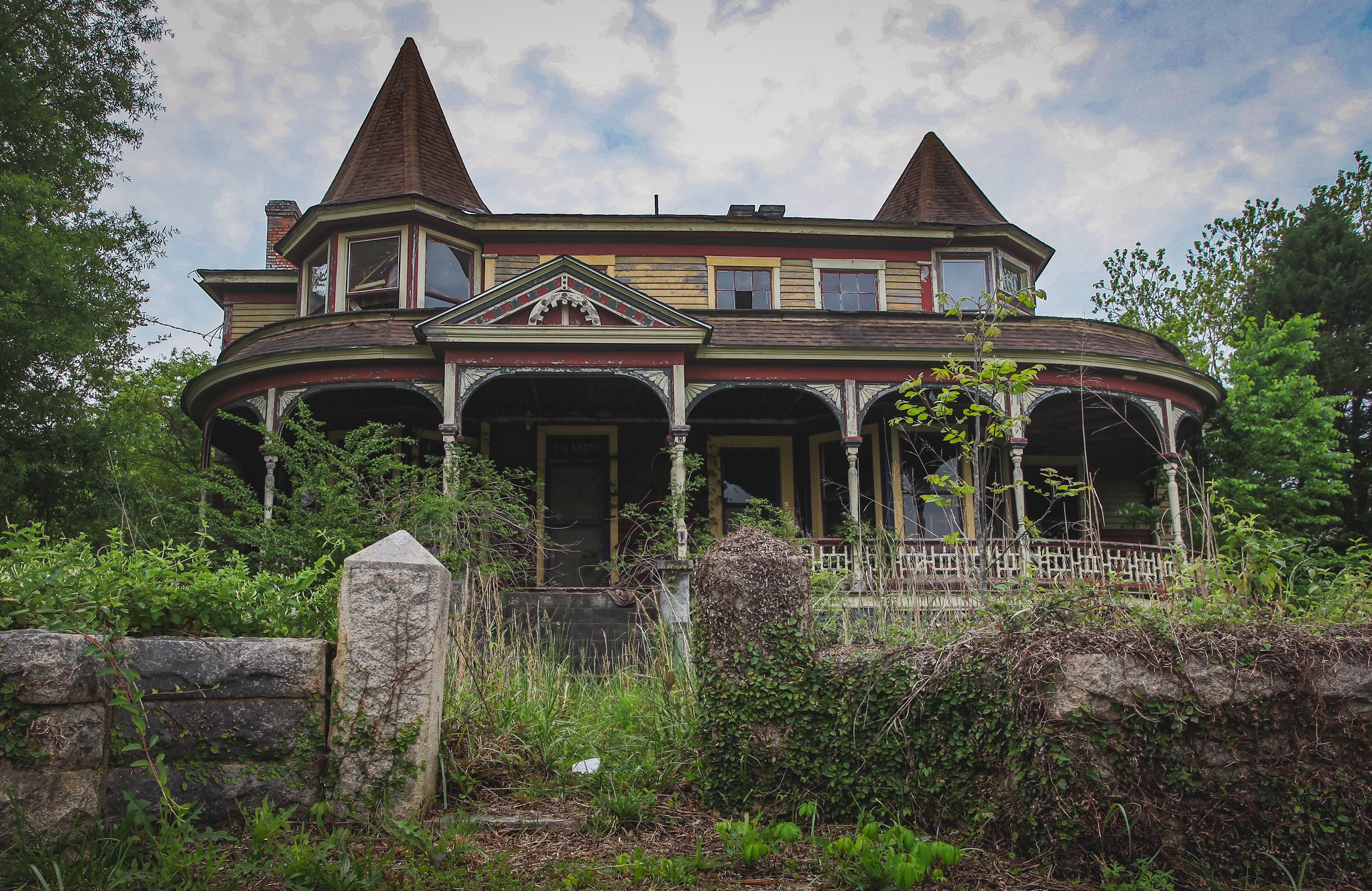The Pendleton-Graves House, located near Pomegranate Hall in Sparta, Georgia, exemplifies the Plantation Plain style, also known as the I-House. Constructed in 1815 by Thomas Whaley, it typifies the architectural characteristics prevalent in the Southern region, boasting a layout of two rooms wide and one room deep.
In 1853, the property changed hands and was acquired by Edmund Monroe Pendleton, a prominent figure with a multifaceted legacy. Born in Eatonton, Georgia, in 1815, Pendleton’s early education was disrupted by financial setbacks in his family. Nonetheless, he ventured into various endeavors, co-owning a jewelry store and later engaging in business in Macon. It was during this period that he developed an interest in medicine, inspired by a chemistry textbook he encountered.
Enrolling at the Medical College of South Carolina in Charleston in 1833, Pendleton graduated in 1837 and established his medical practice in Sparta. He emerged as a leading figure in agricultural development and scientific innovation across the South. Pendleton’s contributions were extensive, including the formulation of the Pendleton formula for fertilizer manufacturing, pioneering the use of animal matter as plant food, and introducing cotton seed cake as a component in fertilizers.

Together with his son, William Micajah Pendleton, he revolutionized agricultural practices by grinding down cotton seed cake into meal, a technique still utilized today. Additionally, Pendleton’s observations regarding soil depletion by cereal and cotton cultures contributed to advancements in agricultural science.
Pendleton’s impact extended to academia, where he served as a professor at the University of Georgia. His seminal work, “Scientific Agriculture with Practical Deductions,” became a widely used textbook in colleges and schools.
Edmund Monroe Pendleton passed away on January 26, 1884, leaving behind a legacy of innovation and scholarly contribution. He is interred at the historic Oakland Cemetery in Atlanta, commemorating his enduring influence on agriculture and education in the Southern United States.

The Pendleton-Graves House underwent significant changes in 1880 when it was acquired by Richard Augustus Graves, who expanded and enhanced its Victorian appearance. Graves, relocating from Augusta to Sparta, established himself in the mercantile business before venturing into banking, founding Sparta’s first commercial bank, the Bank of R.A. Graves, in 1887. This financial institution later moved to another building on Broad Street, a structure that remains standing today. Graves further diversified his interests by initiating Sparta’s inaugural real estate agency a few years later. His prominence in the community was underscored by his tenure as Vice President of the Georgia Bankers’ Association on multiple occasions and his role as chairman of the Hancock County commission until his passing.
Upon Richard Augustus Graves’s death on December 27, 1901, the Atlanta Constitution memorialized him as “a man of large wealth and prominence” and one of the most esteemed and popular figures in the county.


In 1989, the Pendleton-Graves House found a new owner in Nancy Stephens, who acquired the property from the attorneys handling the Graves estate for $30,000, which included the adjacent Graves barn. Stephens recounted the house’s neglected state, describing it as vacant for 15 years and overrun with lizards, king snakes, and ticks upon her acquisition. Her initial days in the house were marred by illness, as she contracted Rocky Mountain spotted fever and was bedridden for six weeks. Undertaking a restoration effort, Stephens removed the old calcimine paint, repainted both the exterior and much of the interior, and installed a new roof in 1992 to address existing leaks.
During the restoration process, Stephens discovered old letters from Pendleton hidden behind the walls, dating back to 1934. Following her retirement in 1993, the house changed hands several times without any subsequent restoration efforts, resulting in its current state of disrepair.



Photography By: Leland Kent of Abandoned Southeast

